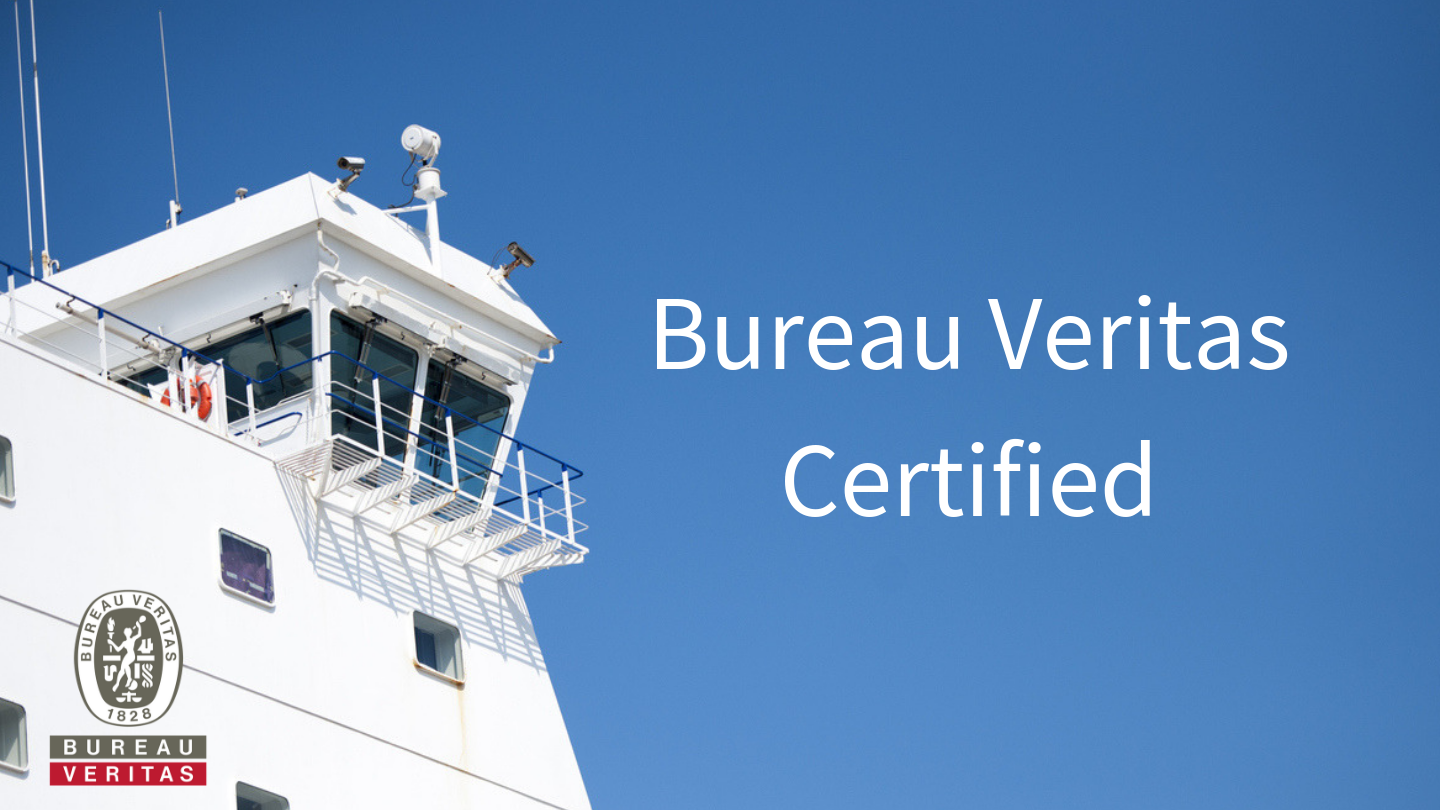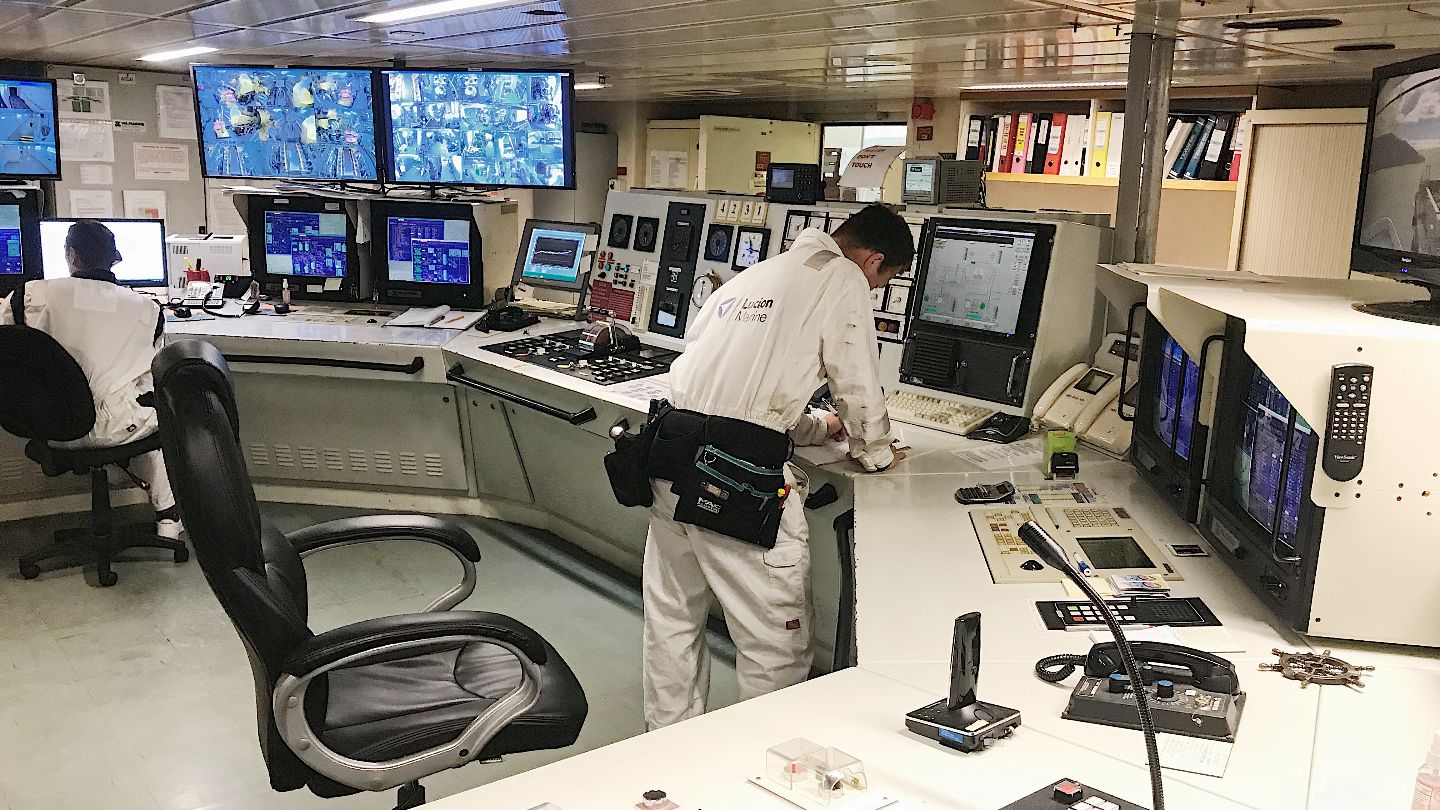Implementing Best Practices: Water Safety Plans
7 December 2018
According to the World Health Organisation (WHO) diarrhoeal diseases which are largely derived from poor water sanitation account for 2.4 million deaths per year (WHO 1999). Implementing effective water safety plans and conducting thorough risk assessments is key to ensuring protection against waterborne diseases.
What Is A Water Safety Plan (WSP)?
A Water Safety Plan (WSP) is a comprehensive risk assessment and management plan that encompasses all steps in water supply, from source to consumption, in order to ensure the safety of potable water.
The Water Safety Plans (WSP) application was first formally adopted in 2000 during the revision of WHO Guidelines for Drinking Water Quality. The risk management practices used in the WSP was based on many aspects of HACCP (Hazard Analysis and Critical Control Points) used in food hygiene and manufacturing.
WSP and risk assessments should comprise of:
- A System Assessment - to determine if the water quality throughout the system meets health-based targets
- Control Measures - identifying the risks and implementing effective risk assessments and operational controls to control the risks and monitor system performance
- Effective Management - implementing plans that describe the required actions that need to be taken for both normal operations and incidents along with required upgrades, testing, and monitoring. Part of the management is to cohesively communicate the plan to relevant stakeholders.
- Monitoring - a system of independent surveillance that verifies the above bullet points are operating correctly
What Are WSP Objectives?
According to WHO Water Safety Plans, the WSP objective is to ensure that drinking water is safe. This can be achieved through good water supply practice which encompasses:
- Preventing Contamination Of Water At The Source
- Ensuring Water Is Treated To Reduce/Remove Contamination
- Ensuring Water Meets Water Quality Targets
- Preventing Re-Contamination At Storage, Distribution & Handling Stages.
When considering hazard identification when conducting risk assessments to form the WSP it is important to consider these factors:
- Variation In Weather
- Potential Contamination Points
- Pollution Sources And Controls
- Waste Water Treatment Processes
- Drinking Water Treatment Processes
- Storage Practices
- Sanitation & Hygiene
- Intended Water Use
Hazardous events can lead to contamination and can risk the health of humans and the environment. Knowing where hazards can occur and implementing effective risk control measures are critical steps in protecting teams using the WSP.
Discover More
Want to know more about Water Safety Plans, Certificates of Compliance and Audits? Discover more here: Lucion Marine: Water Safety Plans.
Further Reading
WHO - Managing Drinking-Water Quality From Catchment To Customer: https://www.who.int/water_sanitation_health/dwq/wsp170805.pdf
WHO - Guidelines For Drinking-Water Quality: https://www.who.int/water_sanitation_health/publications/2011/dwq_guidelines/en/
Lucion Marine Water Safety Plans: https://www.lucionmarine.com/water-safety-plans
Executive Profile_ Paul Hayball (1).pdf


 NexGen
NexGen












